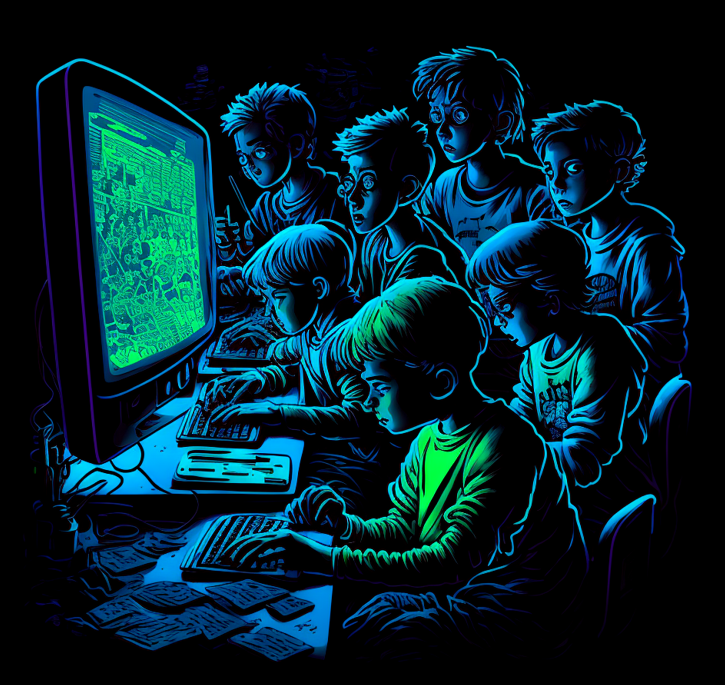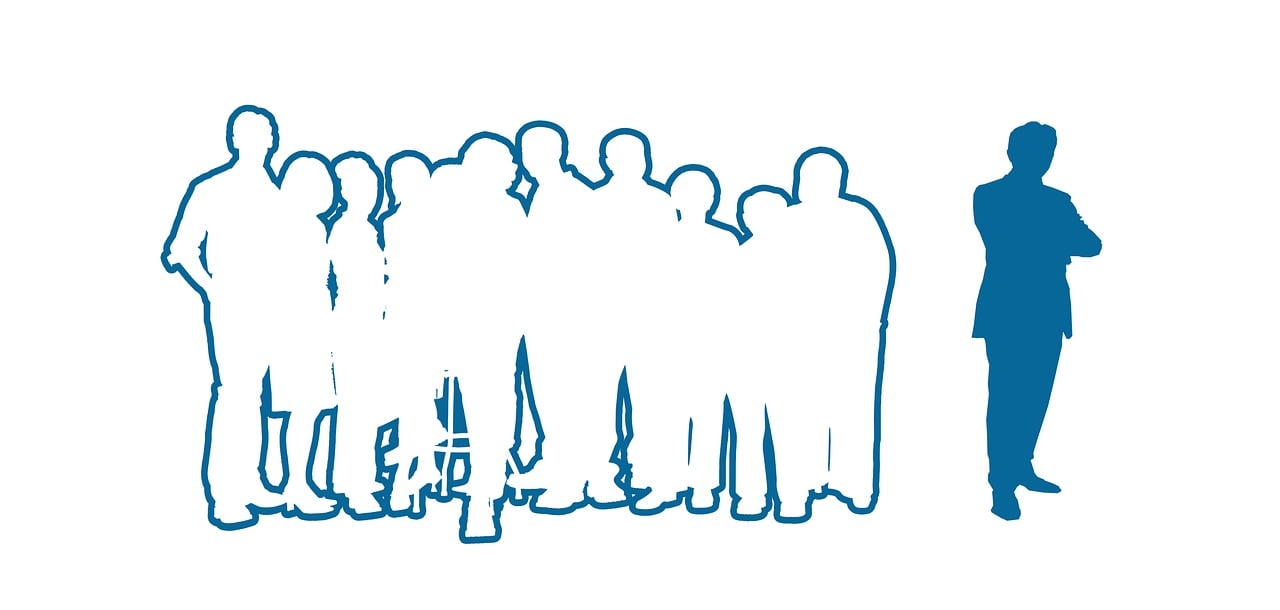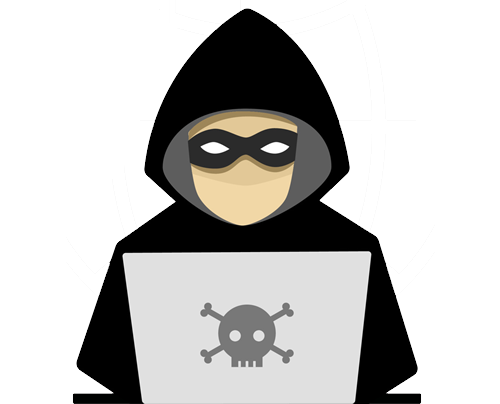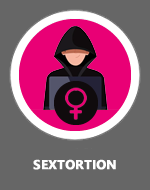 Ostracism is a social process where an individual or group of individuals is excluded or isolated from a certain social context. In the digital environment, ostracism manifests in various ways, such as exclusion or isolation from online communities, groups, or discussions. This can occur in the form of blocking, group expulsion, reporting, or spreading negative messages about the person. Ostracism is often part of cyberbullying, where individuals are intentionally excluded, attacked, or harassed online, such as through hostile messages, comments, or sharing personal information.
Ostracism is a social process where an individual or group of individuals is excluded or isolated from a certain social context. In the digital environment, ostracism manifests in various ways, such as exclusion or isolation from online communities, groups, or discussions. This can occur in the form of blocking, group expulsion, reporting, or spreading negative messages about the person. Ostracism is often part of cyberbullying, where individuals are intentionally excluded, attacked, or harassed online, such as through hostile messages, comments, or sharing personal information.
In the digital world, ostracism can also involve public pressure to exclude or condemn an individual or organization for their controversial behavior or opinions. This can have extensive consequences for the reputation of the affected subject. Offline ostracism (exclusion in the real world) is often linked to its digital form. If an individual is excluded from an online community, it can impact their social interactions offline, as online and offline worlds are often interconnected nowadays.
Ostracism leads to psychological problems, isolation, and reduced self-esteem in affected individuals, whether it occurs online or offline. In both worlds, children often perceive that they are either "in" or "out". If they are not part of the "in" group, they are part of the "out" group. According to social psychologists, a basic human need is to be accepted by others. No one wants to be on the outside. Therefore, even when it happens in the online environment, the person feels a significant impact.
Ostracism can result from conflict between individuals or groups, where one side starts excluding members of the other as a means of exerting power or punishment. This phenomenon can also stem from prejudices, stereotypes, or discrimination against a certain group based on race, gender, sexual orientation, religion, social status, or other characteristics. In some cases, ostracism serves as a tool for consolidating power or control over a group of people. Individuals with influence and power may exclude individuals or groups that could threaten their position.
It can be inferred that those affected by cyberbullying are more eager to join online groups than those who are not ostracized. These could be discussion groups or chat rooms, or even groups seeking revenge on the original group. By connecting with another collective, they feel part of a community again, which helps mitigate the negative emotions associated with ostracism. Victims may then feel empowered for revenge.
Ostracism can be seen as a form of aggression similar to the general characteristics of bullying and cyberbullying. Ostracism often leads to psychological consequences such as anxiety, depression, stress, or reduced self-esteem. The lack of social interaction and support can cause serious mental distress. The phenomenon results in social isolation, where the victim feels cut off from their social environment and has difficulty forming new relationships. Stress and anxiety caused by ostracism can also have negative effects on physical health, including increased blood pressure, headaches, sleep disorders, and other health issues. In some cases, ostracism can lead the victim to suppress their own needs and desires in an effort to conform to others' expectations. Ostracism can deepen social disparities and conflicts within communities or society, with negative impacts on stability and cohesion. The phenomenon can have long-term effects on the victim's future life, including limitations in career development, difficulties in personal relationships, and emotional experiences.
If someone is ostracized, it is crucial to intervene and provide them with an outlet. The first step can be showing empathy and offering help. The victim should be encouraged to confide and then listened to. If the situation is severe, support from school psychologists (prevention specialists), regular psychologists, or any trusted adult the victim can open up to can be sought. The approach to resolving it is almost analogous to dealing with cyberbullying. It is certainly possible to seek various online counseling services (www.napisnam.cz) and supportive counseling, such as the Safety Line. The key is to act quickly and effectively to provide the necessary support to the victim and mitigate the negative impacts of ostracism. Ostracism can be prevented by actively engaging in prevention, such as promoting an inclusive and considerate environment both in your surroundings and online. Let us support tolerance, diversity, and respect differences among people.
If you encounter problems related to the internet, you can use our online counseling service available at www.napisnam.cz. More information about safe behavior on the internet can be found on our website www.e-bezpeci.cz and also on our YouTube channel www.youtube.com/ebezpeci. You can also follow us on Facebook, Instagram, and Twitter.
for E-Bezpečí
Pavel Schweiner
Palacký University in Olomouc

```














 Trivium
Trivium Pravda a lež v online světě
Pravda a lež v online světě



































